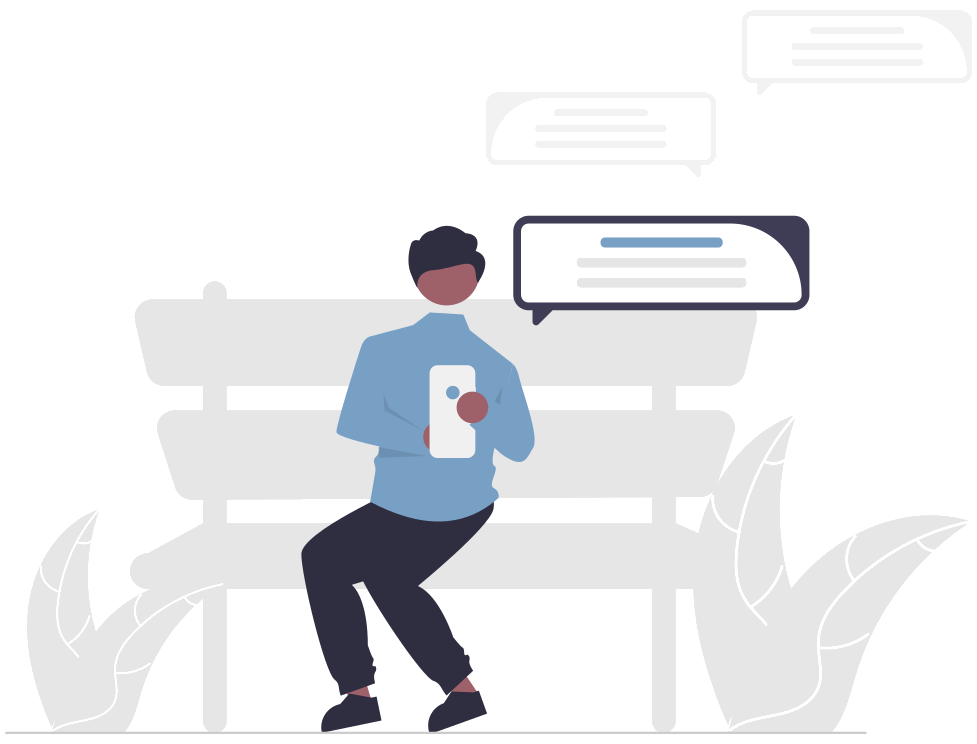The most characterizing symptom of migraine is headache. There also, however, are many other symptoms migraine, which might be a little less well-known. It is useful to know these symptoms migraine, because they might be able to help you indicate what it is that might be going on with you. If you have migraine, it namely usually takes a lot of time to find out what is going on exactly. Migraine is not known in all contexts as an illness, because of which only little is known about the symptoms migraine.
Reading the list of symptoms migraine below, your search for a diagnosis might therefore become significantly easier.
Symptoms migraine: warnings?
Before the attack, you might recognize a few warning. These warnings show themselves in the shape of specific symptoms. The warning symptoms can be subdivided into three phases.
In the first phase, to announce the attack, the following symptoms might occur:
- A restless feeling
- Being irritable
- Being very happy
- Feeling cold
- Extreme tiredness
- Frequent yawning
- Longing for certain foodstuffs, such as candy
- Being overly sensitive to smell, sound, and light
- Retaining fluids, which might cause swelling of hands or ankles, for example
In the next phase, an aura can be experienced. An aura is a category of a few symptoms, which can temporarily disrupt certain bodily functions. Symptoms which could indicate an aura, are the following:
- Seeing flashes of light
- Seeing spots
- Finding it difficult to find the right words
- Tingling sensation
- Feeling numb
- Throwing up
- Feeling ill
The last phase consists of experience symptoms migraine. In the last phase, the migraine attack therefore takes place. This phase, too, is characterized by certain symptoms.
Symptoms migraine: headache?
Headache is the most well-known symptom of migraine. Generally, people with migraine do not experience a normal headache, but rather one with a much higher intensity than that which is felt in a normal headache. In most cases, the headache manifests itself only at one side of the body. The headache can cause a light unpleasant feeling, but it can also be the cause of intense, constant pain. This pain can also cause a numbing feeling, for example.
Most people retreat to a dark room to combat their headache. Lying down or sleeping can often help with a migraine attack. The amount of hours of sleep which people need to combat the headache can vary from a few hours to longer periods of sleep. Here one should be careful, because sleeping too much can in turn in some cases lead to migraine.
Headache is thus often lessened by sleeping or lying down, and becomes worse when you engage in physical activities. Moving your head, tiring out your eyes, or even daily activities can worsen the headache.
Symptoms migraine: feeling disorders?
Except for headache, feeling disorders also often occur as symptoms migraine. It is not abnormal to feel tingling sensations or a numb feeling at one side of the body during a migraine attack. Places in which the tingling sensation can often manifest are:
- Hands
- Arms
- Shoulders
- Face
- Lips
- Tongue
These symptoms can even occur to such an extent that you experience paralysis at one side of your body, as it were.
Symptoms migraine: disruption of your mood?
Oftentimes, the pain and paralysis in migraine is so intense that they influence your mood. After or during an attack you often feel tired and irritable. You feel like you are functioning on some sort of autopilot. Focusing and remembering things are then often very demanding tasks. Migraine can cause depressed feelings or stress. Symptoms migraine can namely have such an influence on your daily life, that you have the feeling that the illness rules your entire life. Fun activities or even work are often impacted, because you are no longer able to do anything other than lie down.
Symptoms migraine: hypersensitivity?
Migraine can also make it so that you become more sensitive. The follow symptoms migraine thus often occur in combination with headache:
- Nausea
- Vomiting
- Painful muscles
- Pain when you have to move
- Being overly sensitive to light and sound
Symptoms migraine: stopping with work?
Just like your mood, your professional functioning will suffer a lot from the migraine attack. Most people are no longer able to do any type of work during an attack. Whether you are working or studying, it will probably be so that you have to put it aside for the migraine attack. Even the simplest tasks are too much to ask.
Symptoms migraine: tension headache?
Tension headache and symptoms migraine often occur together. Tension headache causes, just like migraine, headache. This headache is caused by the tension in your muscles. This is why it can be so that you experience painful muscles during a migraine attack or have the feeling that your muscles are tensing up. Yet, there is an important difference between the two different types of headaches. A tension headache namely is not combined with nausea. Furthermore, the headache in case of a tension headache does not worsen when you exert yourself.















